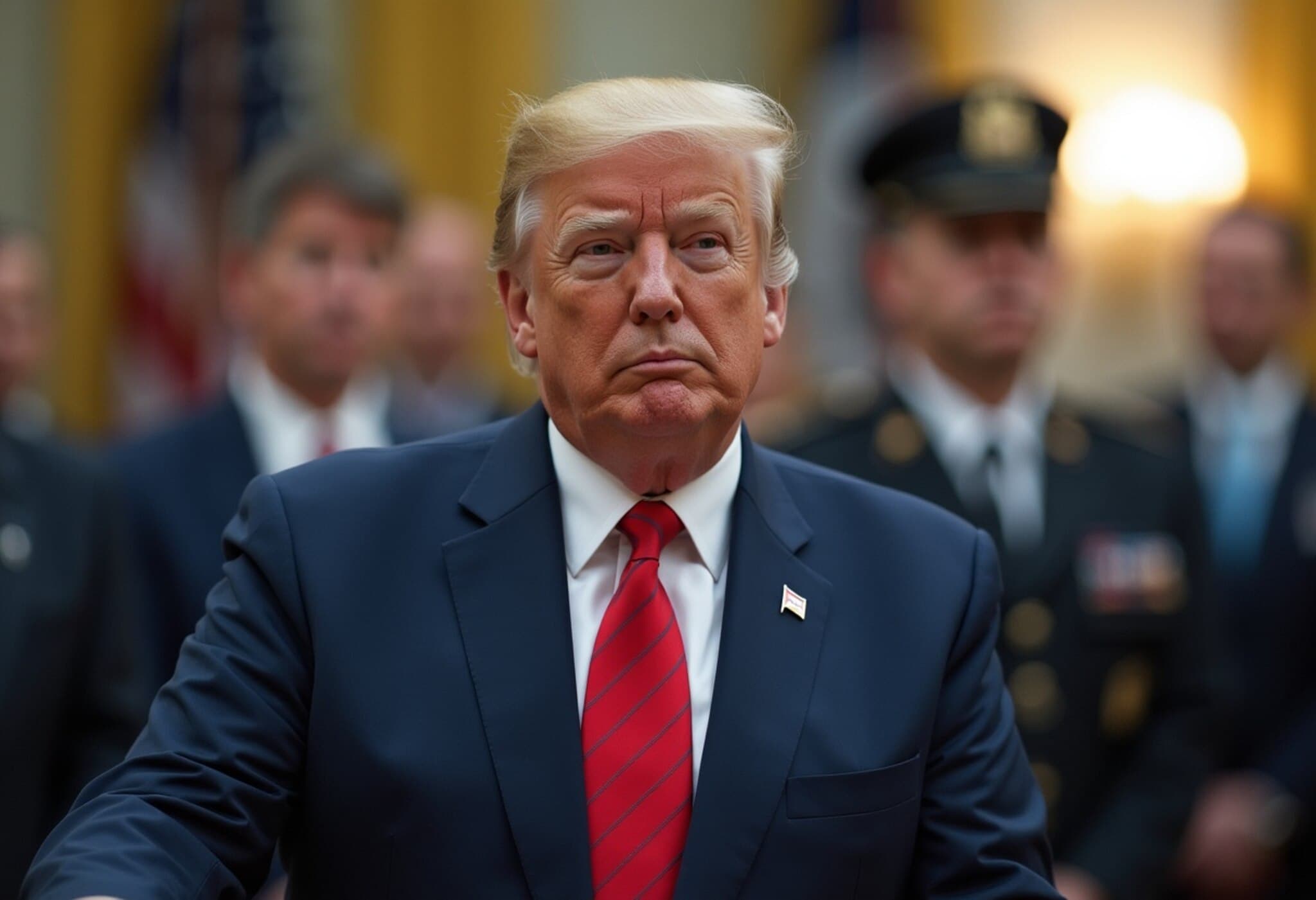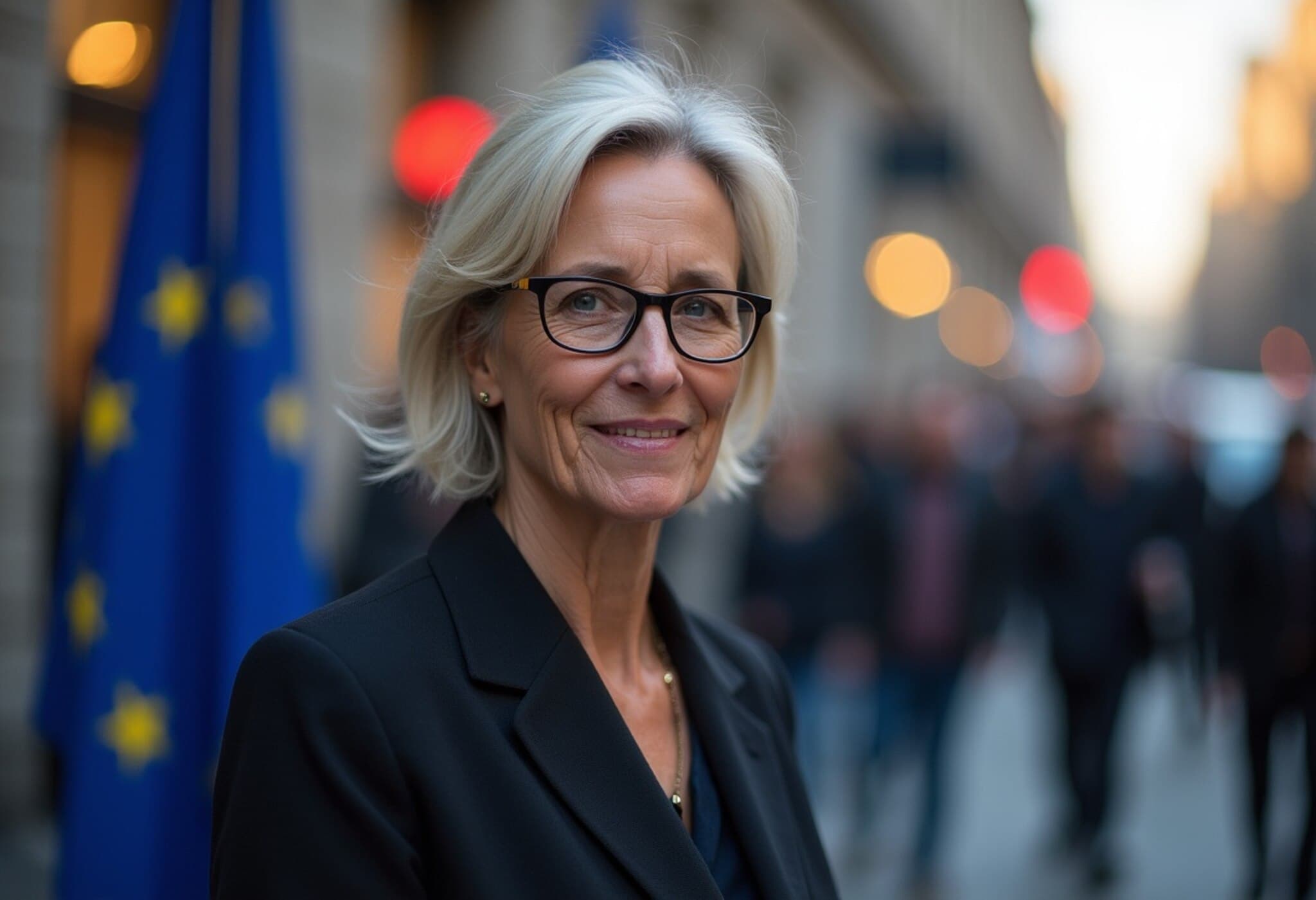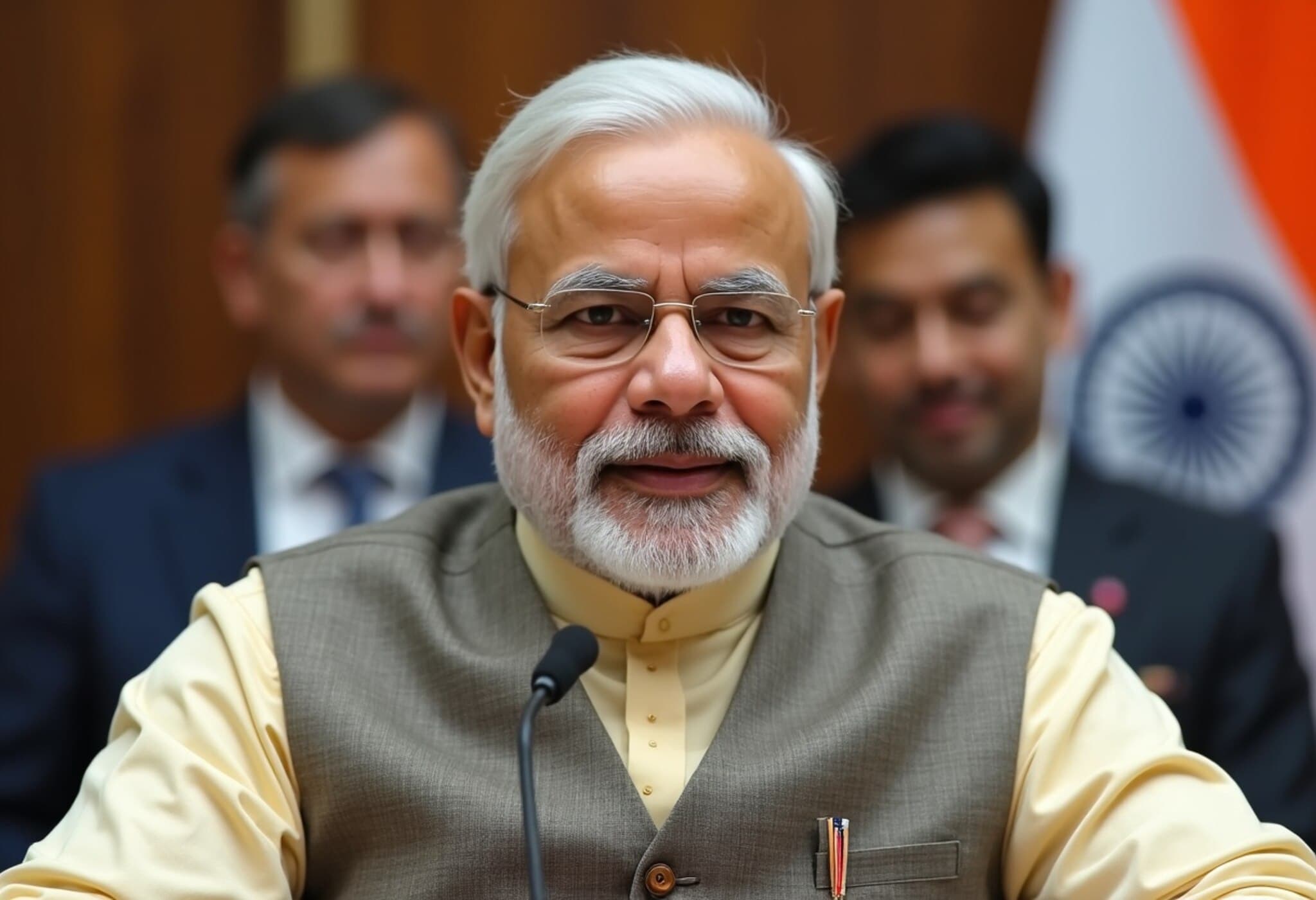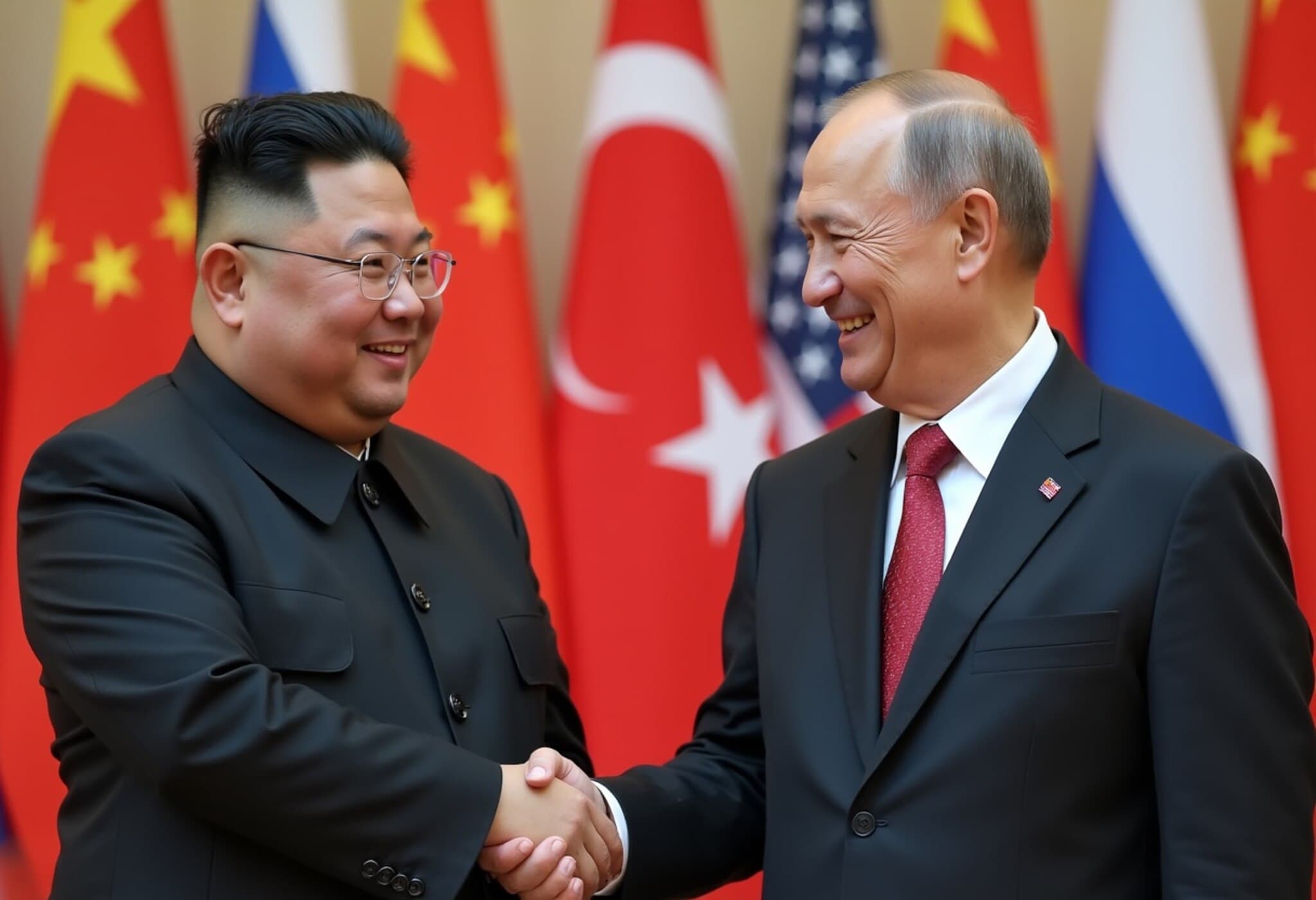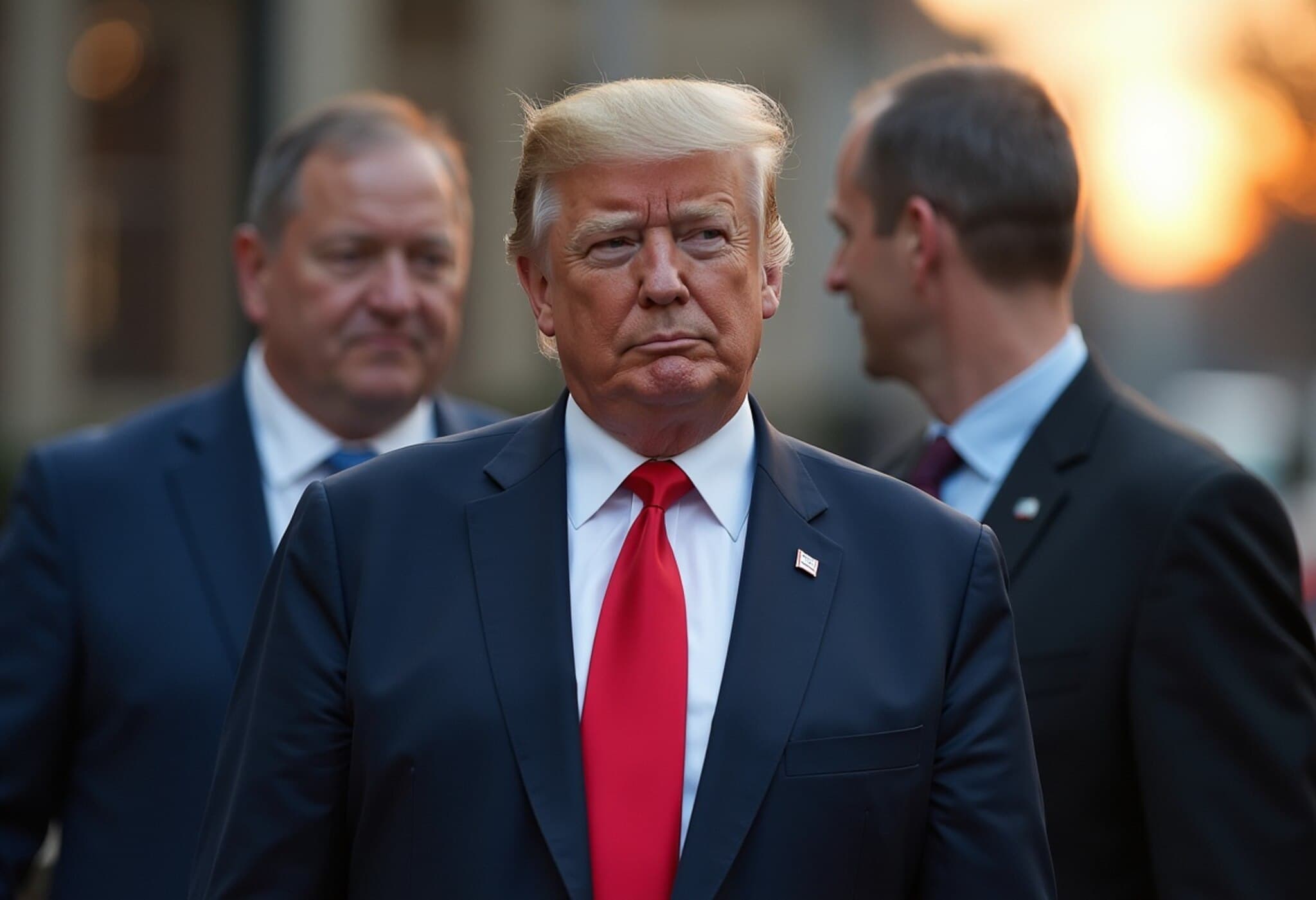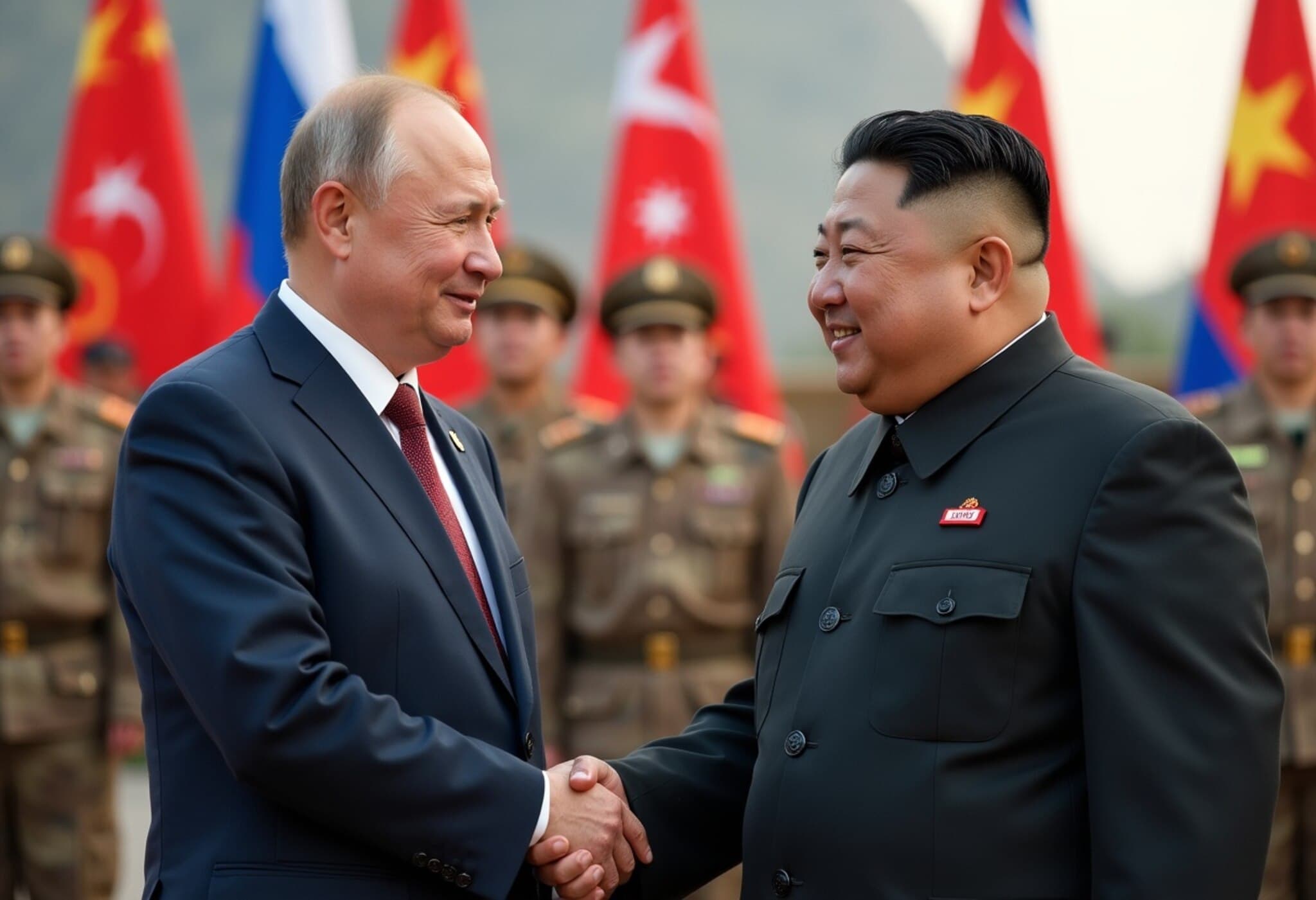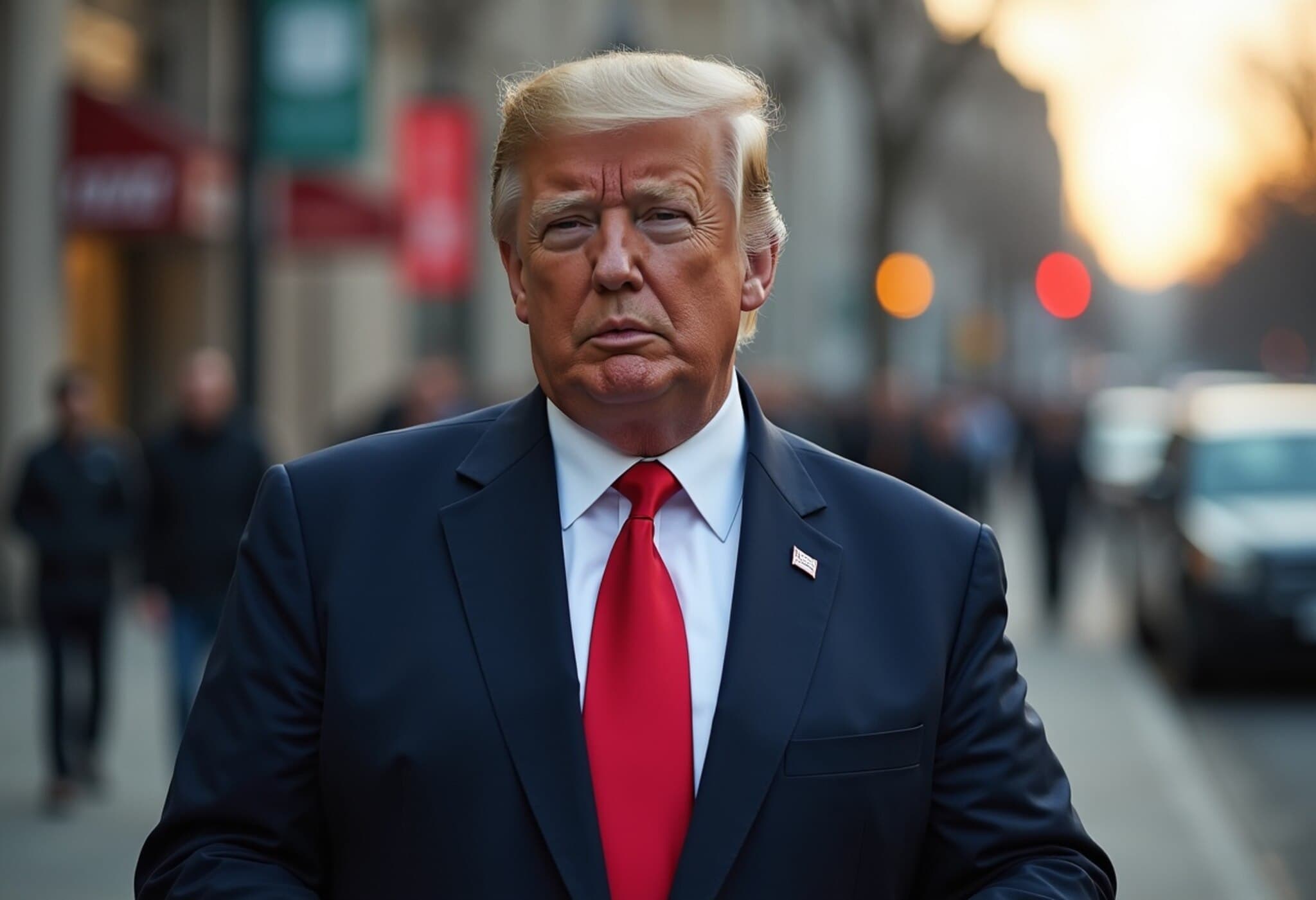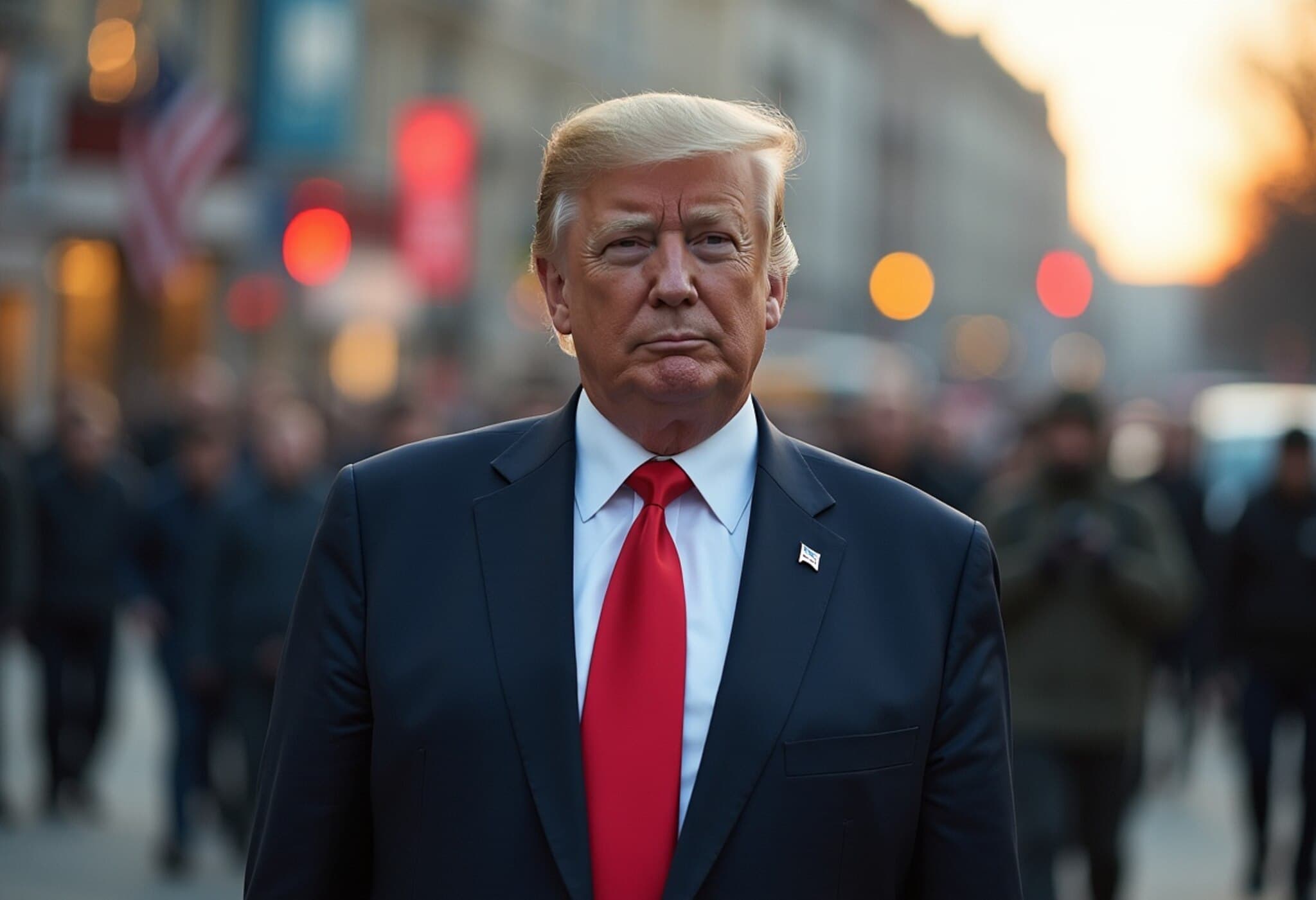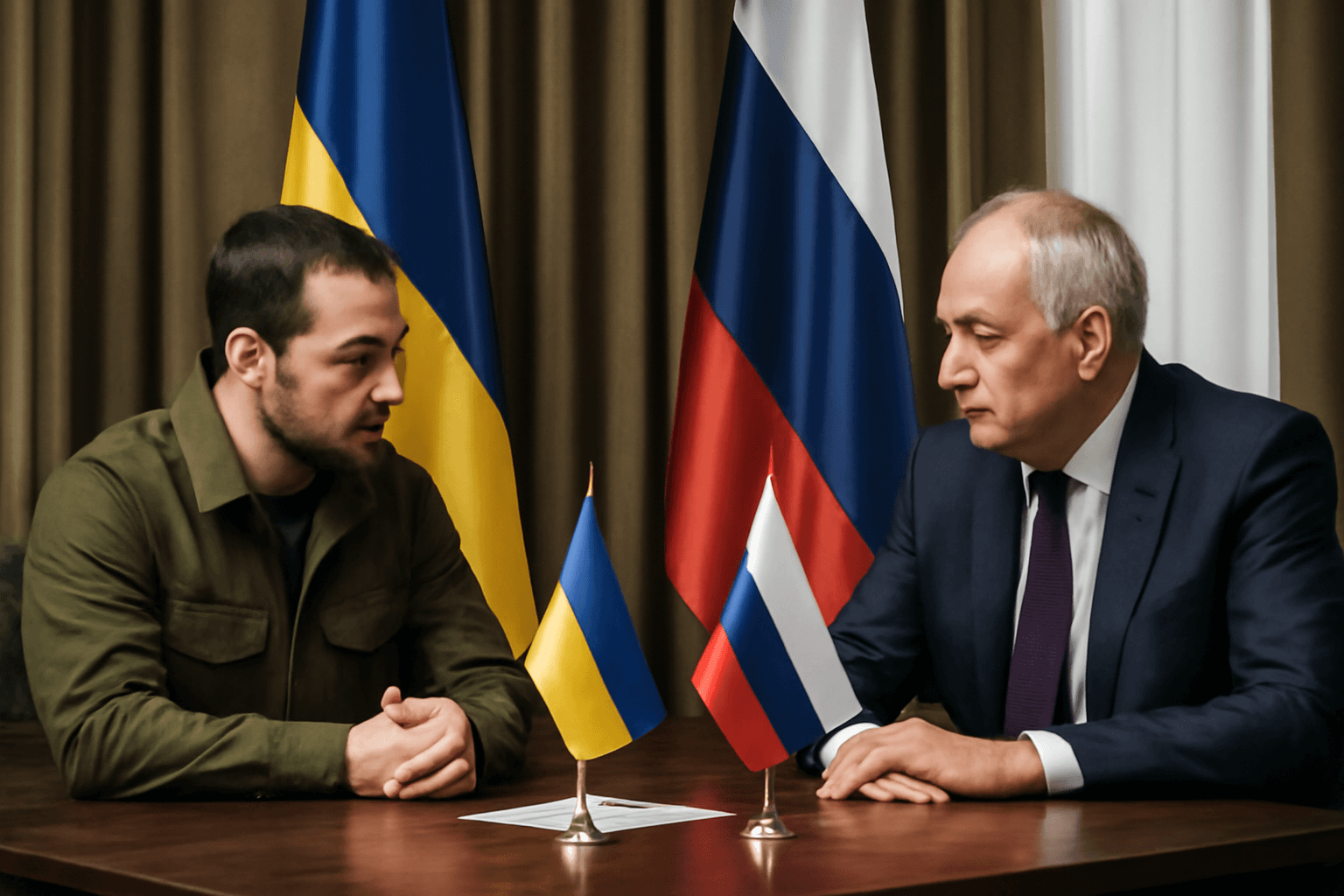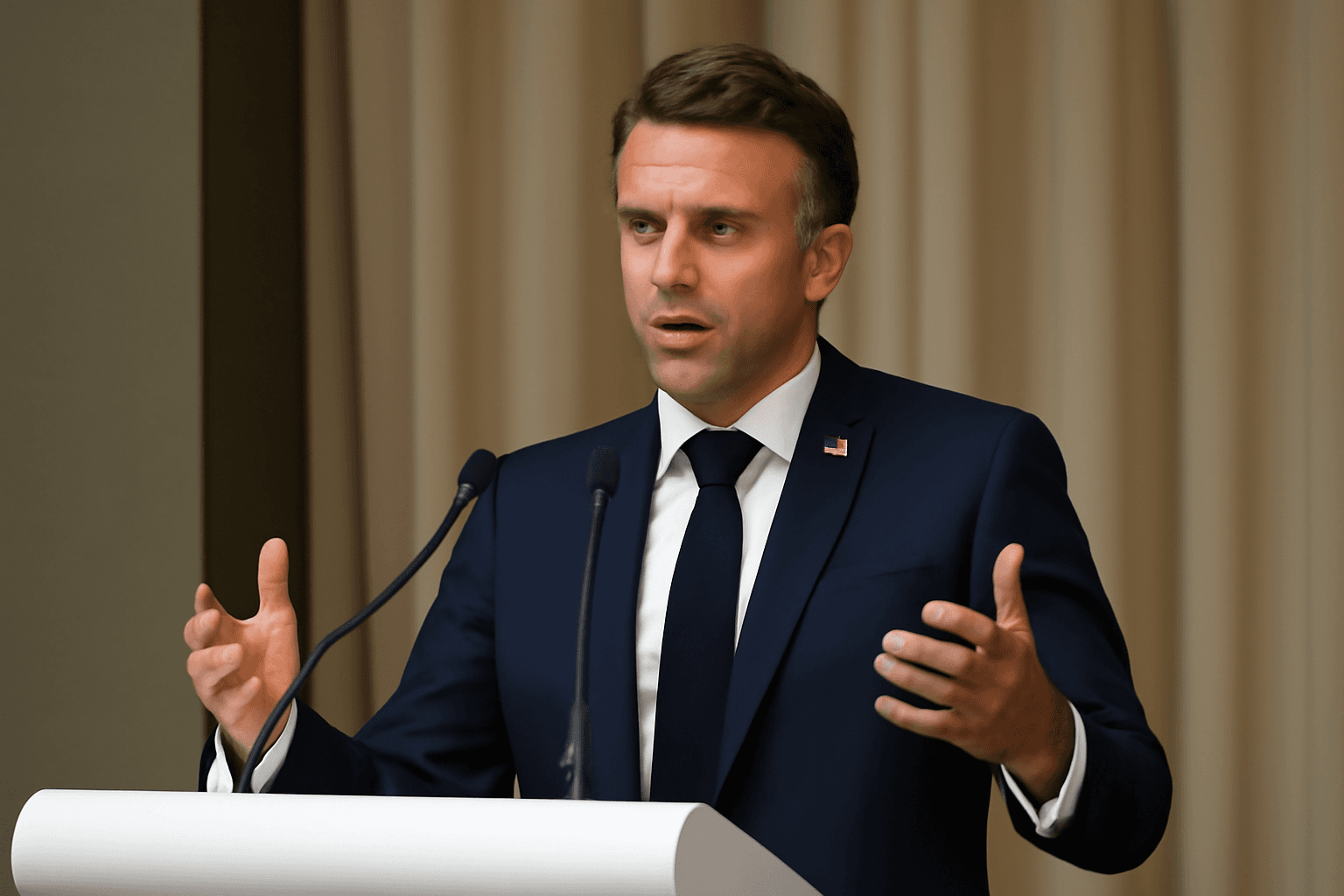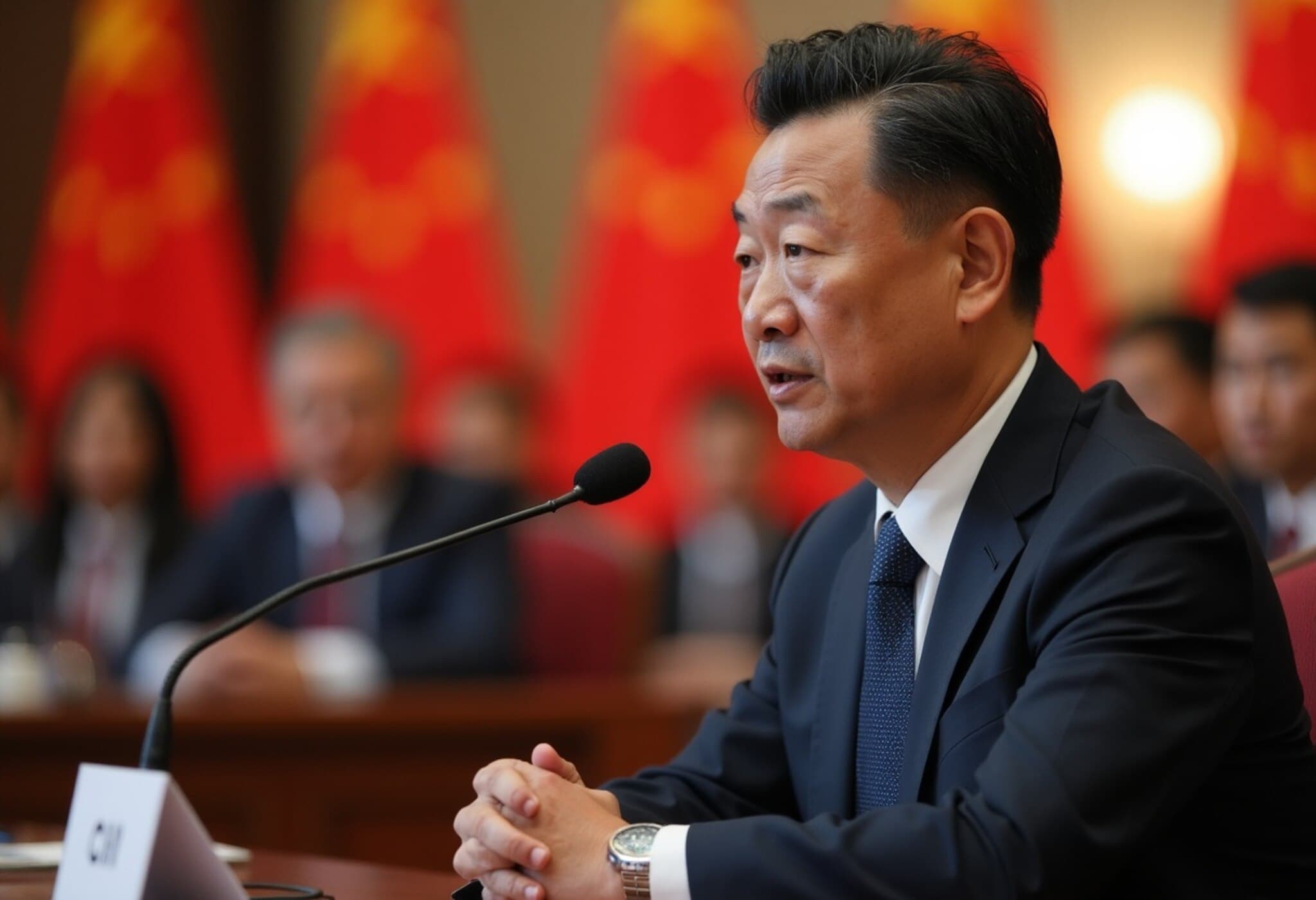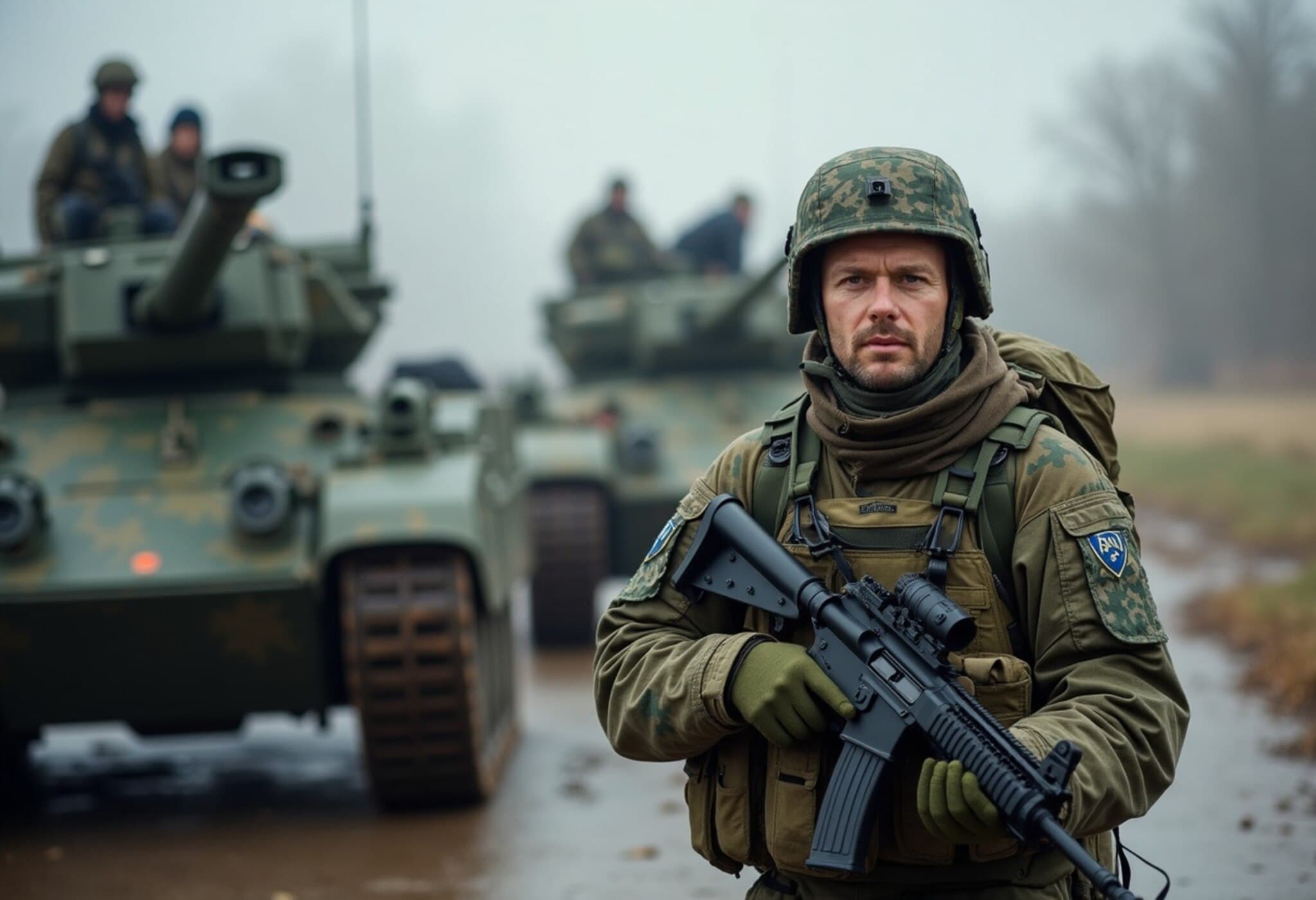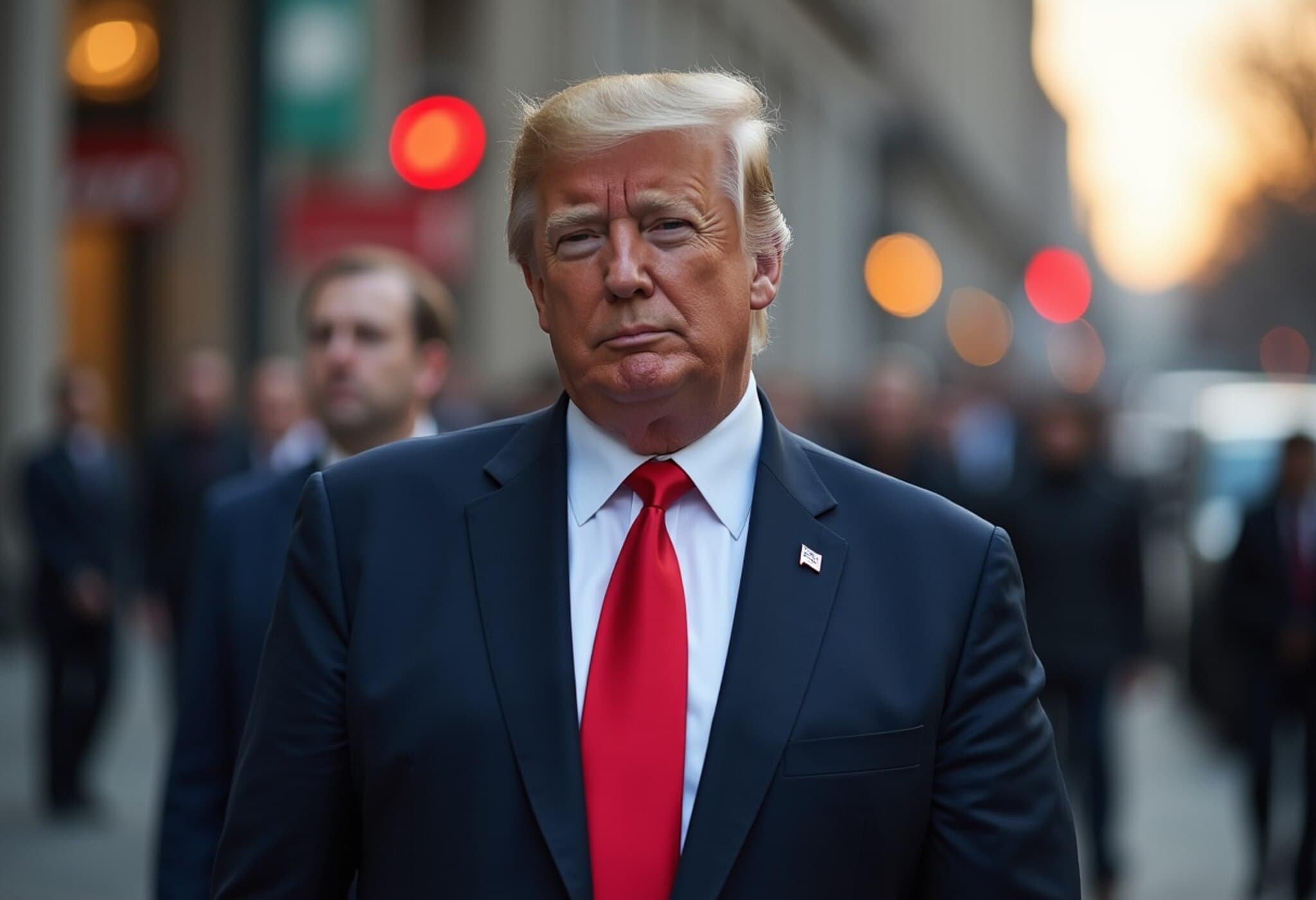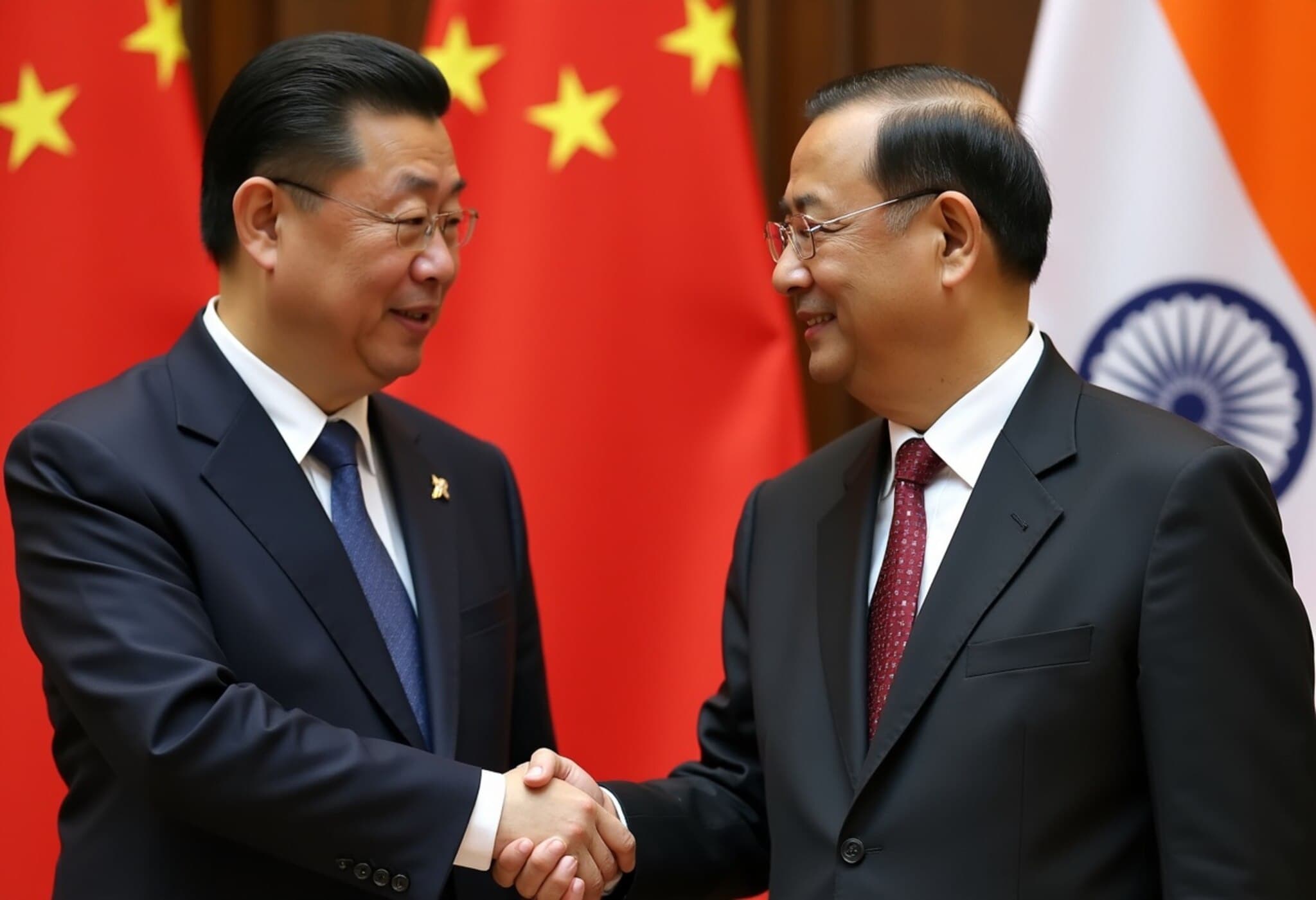U.S.-Ukraine Security Guarantees Spark Debate Over $90 Billion Arms Deal
In a significant development that could reshape the trajectory of the conflict in Eastern Europe, Ukrainian President Volodymyr Zelenskyy reportedly offered a $90 billion weapons purchase plan during critical negotiations with former U.S. President Donald Trump and European leaders at the White House. The proposal, which involves the acquisition of advanced American military technologies, underscores Ukraine’s strategic effort to bolster its defense against ongoing Russian aggression.
Details of the Security Guarantees
The package of security assurances reportedly includes a $50 billion deal to produce drones in collaboration with Ukrainian companies, signaling a push not only for immediate military support but also for long-term industrial cooperation. While the accompanying official document remains discreet about specific weaponry, Ukraine has publicly expressed its intent to purchase at least ten U.S.-manufactured Patriot air defense systems — a move viewed as crucial for standing up to Russian missile threats.
Speaking at a post-meeting press conference, President Zelenskyy emphasized that these plans remain in flux, with formal agreements potentially finalized within the next 7 to 10 days, indicating ongoing intense diplomatic deliberations.
The Peace Framework and Russia’s Position
The security document, reviewed by the Financial Times, highlights a foundational principle rejecting peace through territorial concessions to Russia. Instead, it calls for a "strong security framework" aimed at preventing future aggression rather than rewarding Kremlin advances.
Russian media’s recent broadcasts, as noted in the document, reveal skepticism toward peace negotiations, coupled with sharp criticism of Trump’s role — exemplified by derogatory remarks aired by prominent Russian host Vladimir Solovyov. This underscores the diplomatic complexity Ukraine and its allies face in navigating Moscow’s hardened stance.
Rejected Proposals and Strategic Implications
Kyiv has firmly turned down President Putin’s offer, presented during talks in Alaska, to freeze conflict lines in return for Ukrainian withdrawal from occupied parts of eastern Donetsk and Luhansk. Ukrainian officials and the security document warn that such concessions would dangerously enable the Kremlin to expand further westward, threatening key cities like Dnipro and effectively conceding Putin’s ultimate goals through incremental advances.
Prospects for a Historic Zelenskyy-Putin Summit
Amid these negotiations, optimism grows about a possible direct meeting between Zelenskyy and Putin — potentially the first since Russia’s military invasion began nearly three and a half years ago. This prospect emerged following swift White House talks where Trump conveyed to European leaders a "very good" conversation with the Russian president, reflecting tentative signs of diplomatic openings.
This potential summit carries immense weight, as it could either pave the way toward a sustainable ceasefire and peace process or exacerbate the geopolitical deadlock, depending on the concessions and guarantees mutually agreed upon.
Expert Insight: The American Security Angle
From a U.S. policy perspective, this large-scale arms deal and security guarantee signal a strategic pivot. By underwriting Ukraine’s military modernization with American technology, the U.S. may be seeking to cement a long-term counterbalance against Russia’s influence in Eastern Europe—reflecting lessons learned from previous global conflicts where early robust support proved decisive.
Yet, this comes with delicate domestic and international calculations. Congressional approval, budgetary constraints, and geopolitical ripple effects in NATO and allied relations are all factors that Washington must weigh carefully. The focus on drone production also aligns with modern warfare trends emphasizing unmanned systems as force multipliers—an investment potentially aimed at giving Ukraine a technological edge.
Questions Left Unanswered
- What specific weapon systems beyond the Patriot missiles and drones will Ukraine procure under the $90 billion proposal?
- How will European funding mechanisms be structured to support such a massive arms acquisition?
- What role might this deal play in broader U.S.-Russia relations, especially considering Trump’s ongoing influence in American politics?
- Could economic constraints or shifts in U.S. foreign policy impact the finalization and implementation of these guarantees?
As the world watches closely, Ukraine’s security and sovereignty remain at the center of a high-stakes geopolitical chess game, where every diplomatic and military move could redraw the map of Eastern Europe.
Editor’s Note
This unfolding story reveals the complex interplay between military aid, diplomatic negotiations, and geopolitical strategy. While Zelenskyy’s $90 billion weapons proposal reflects Ukraine’s urgent need for fortified defenses, it also lays bare the intricate challenges of securing lasting peace without compromising territorial integrity. The possibility of a Zelenskyy-Putin summit adds a human dimension to a prolonged conflict, presenting a glimmer of hope amid deep-seated tensions. As policymakers deliberate, the international community must reckon with the profound questions about the future stability of the region and the broader implications for global security architecture.

